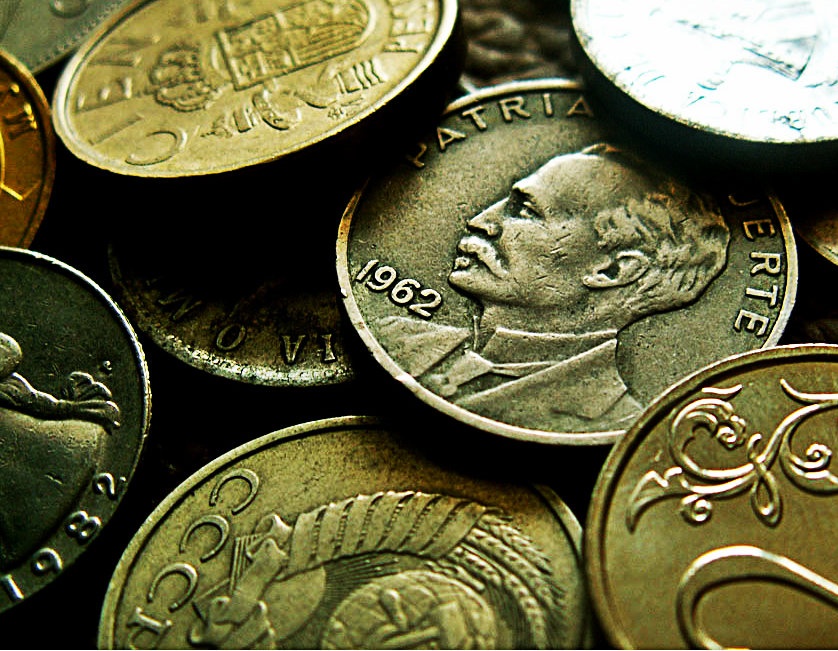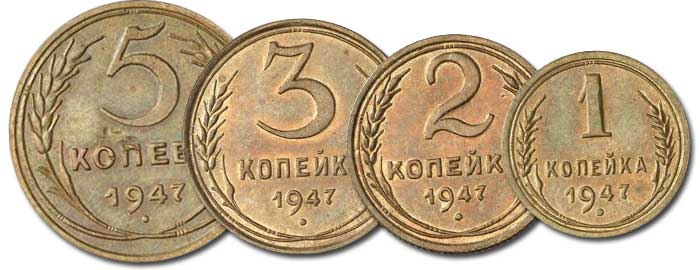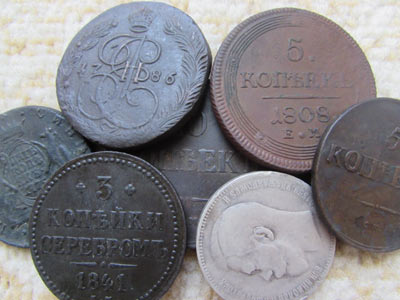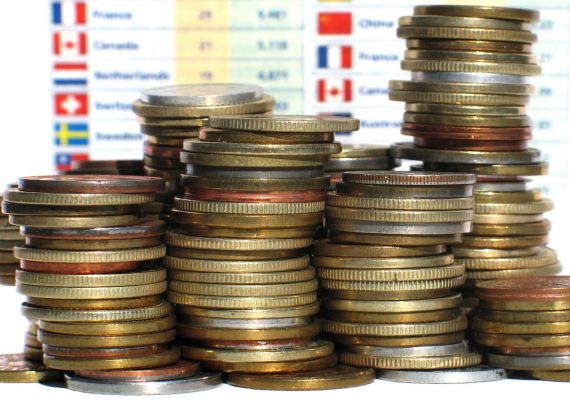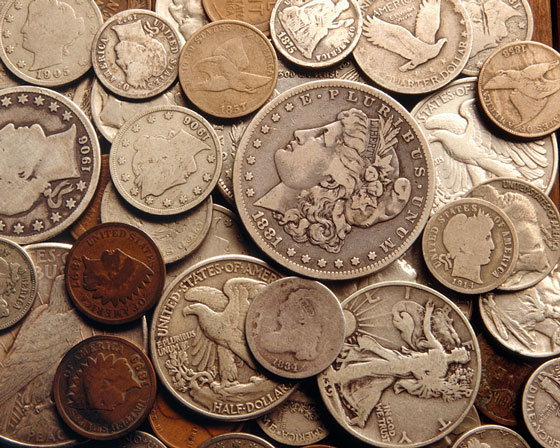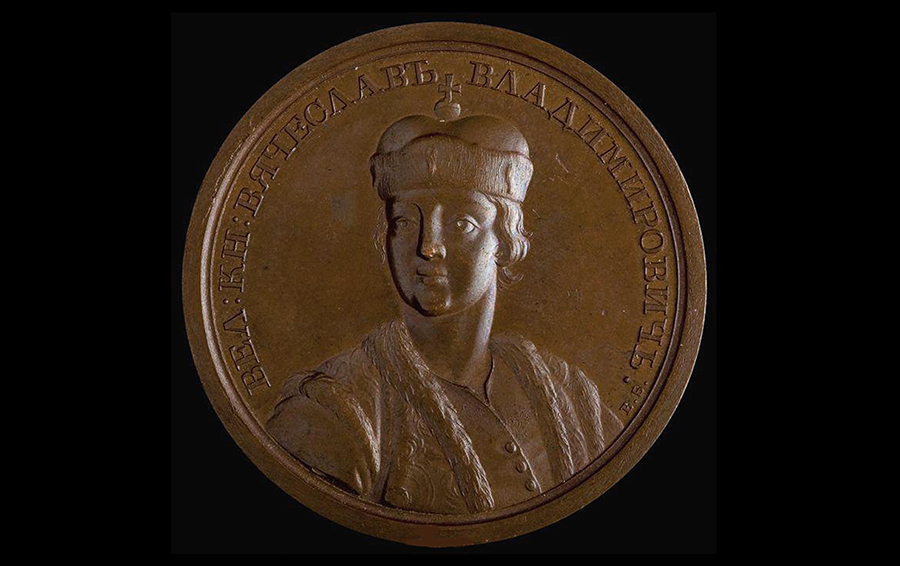copper coins
Numismatists will be able to collect collectible cryptocurrencies
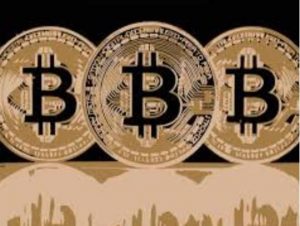 The most popular electronic currency has once again puzzled its followers. Just a couple of days, the bitcoin rate again fell from 11,500 to 8,500 dollars. But such sharp jumps in value do not surprise anyone. Rather, they are the hallmark of all cryptocurrencies. Moreover, according to the former chief economist of the International Monetary Fund, Kenneth Rogoff, Bitcoin will not be able to withstand the pressure from the governments of large countries, and in the future its course will drop significantly. Continue reading
The most popular electronic currency has once again puzzled its followers. Just a couple of days, the bitcoin rate again fell from 11,500 to 8,500 dollars. But such sharp jumps in value do not surprise anyone. Rather, they are the hallmark of all cryptocurrencies. Moreover, according to the former chief economist of the International Monetary Fund, Kenneth Rogoff, Bitcoin will not be able to withstand the pressure from the governments of large countries, and in the future its course will drop significantly. Continue reading
Chinese Coins – 2000 Years of Coin History and Money
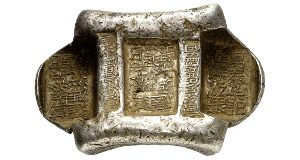 China is the most populous country in the world. Its population is 1 billion inhabitants, and the history goes back more than 2000 years. Scientists have found that money was used in China in the Neolithic era. Then, however, money, served as cowry shells (“primitive money”). Later, the means of payment were made of bronze in the form of objects of labor, for example, in the form of a knife (bu) or a shovel (dao).
China is the most populous country in the world. Its population is 1 billion inhabitants, and the history goes back more than 2000 years. Scientists have found that money was used in China in the Neolithic era. Then, however, money, served as cowry shells (“primitive money”). Later, the means of payment were made of bronze in the form of objects of labor, for example, in the form of a knife (bu) or a shovel (dao).
It is believed that Emperor Qin Shi Huang (247-210 BC) in 211 BC introduced the first round coins with a square hole in the center (qian). Continue reading
Crusader coins (ca. 1095-1523)
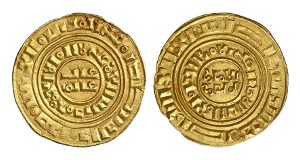 It is unlikely that there will be events that have had such a strong influence on the social and cultural development of the medieval world from the 11th to the 13th centuries, like the crusades and the associated founding of Christian states in Palestine and the Mediterranean.
It is unlikely that there will be events that have had such a strong influence on the social and cultural development of the medieval world from the 11th to the 13th centuries, like the crusades and the associated founding of Christian states in Palestine and the Mediterranean.
In 1095, in the French city of Clermont, Pope Urban II (1088-1099) called for the liberation of the Holy Land from the Muslims and thereby caused a wave of crusades of the high Middle Ages. Continue reading
